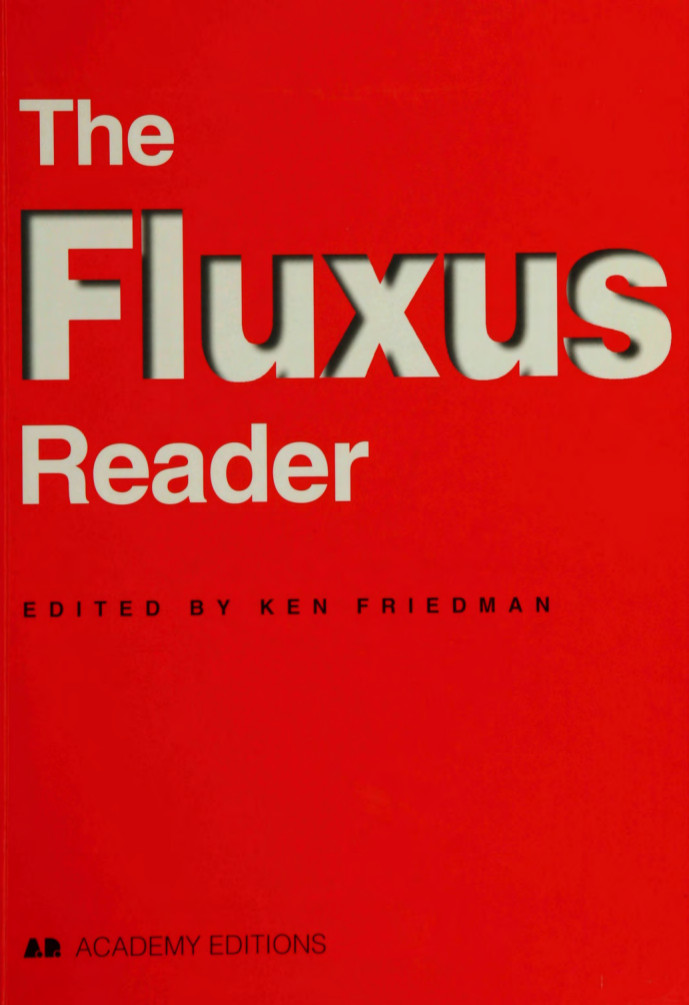Blast: Review of the Great English Vortex, 1-2 (1914-1915)
Filed under magazine | Tags: · 1910s, art, avant-garde, literature, poetry, united kingdom, vorticism

Issue 1, 20 June 1914

Issue 2, July 1915
“Blast was a modernist magazine founded by Wyndham Lewis with the assistance of Ezra Pound. It ran for just two issues, published in 1914 and 1915. The First World War killed it—along with some of its key contributors. Blast’s purpose was to promote a new movement in literature and visual art, christened “Vorticism” by Pound and Lewis. Unlike its immediate predecessors and rivals, Vorticism was English, rather than French or Italian, but its dogmas emerged from Imagism in literature and Cubism plus Futurism in the visual arts. The first issue of Blast includes artwork by Lewis, Gaudier-Brzeska, and others, along with a manifesto for Vorticism and lists of blasts, blesses, and curses of a whole range of people, concepts, and movements. It also includes a play by Lewis and fiction by Ford Madox Hueffer and Rebecca West. The second issue includes a notice of Gaudier-Brzeska’s death in France. Despite its short life, Blast was a powerful influence in the shaping and promoting of modernism.” (Source)
Edited by Wyndham Lewis
Publisher John Lane, the Bodley Head, London
via Modernist Journals Project
Ken Friedman (ed.): The Fluxus Reader (1998)
Filed under book | Tags: · 1950s, 1960s, aesthetics, art, avant-garde, fluxus

“Fluxus began in the 1950s as a loose, international community of artists, architects, composers and designers. By the 1960s, Fluxus has become a laboratory of ideas and an arena for artistic experimentation in Europe, Asia and the United States. Described as ‘the most radical and experimental art movement of the 1960s’, Fluxus challenged conventional thinking on art and culture for over four decades. It had a central role in the birth of such key contemporary art forms as concept art, installation, performance art, intermedia and video. Despite this influence, the scope and scale of this unique phenomenon have made it difficult to explain Fluxus in normative historical and critical terms. The Fluxus Reader offers the first comprehensive overview on this challenging and controversial group. It is written by leading scholars and experts from Europe and the United States.”
Publisher Academy Editions, UK, 1998
Creative Commons Attribution CC-BY 3.0 Unported licence
ISBN 0471978582, 9780471978589
309 pages
The version of the text provided for download here contains updates on the original 1998 edition.
via Joseph Nechvatal
Reviews: Elizabeth Beckman and Jonathan Applefield (Art J, 1999), Beáta Hock (Artpool, n.d.).
PDF (37 MB, updated on 2012-7-30)
PDF chapters
Amelia Jones: Irrational Modernism: A Neurasthenic History of New York Dada (2004)
Filed under book | Tags: · 1910s, 1920s, art, art history, avant-garde, dada, irrational

In Irrational Modernism, Amelia Jones gives us a history of New York Dada, reinterpreted in relation to the life and works of Baroness Elsa von Freytag-Loringhoven. Jones enlarges our conception of New York Dada beyond the male avant-garde heroics of Marcel Duchamp, Man Ray, and Francis Picabia to include the rebellious body of the Baroness. If they practiced Dada, she lived it, with her unorthodox personal life, wild assemblage objects, radical poetry and prose, and the flamboyant self-displays by which she became her own work of art. Through this reinterpretation, Jones not only provides a revisionist history of an art movement but also suggests a new method of art history.
Jones argues that the accepted idea of New York Dada as epitomized by Duchamp’s readymades and their implicit cultural critique does not take into consideration the contradictions within the movement—its misogyny, for example—or the social turmoil of the period caused by industrialization, urbanization, and the upheaval of World War I and its aftermath, which coincided with the Baroness’s time in New York (1913-1923). Baroness Elsa, whose appearances in Jones’s narrative of New York Dada mirror her volcanic intrusions into the artistic circles of the time, can be seen to embody a new way to understand the history of avant-gardism—one that embraces the irrational and marginal rather than promoting the canonical.
Acknowledging her identification with the Baroness (as a “fellow neurasthenic”), and interrupting her own objective passages of art historical argument with what she describes in her introduction as “bursts of irrationality,” Jones explores the interestedness of all art history, and proposes a new “immersive” understanding of history (reflecting the historian’s own history) that parallels the irrational immersive trajectory of avant-gardism as practiced by Baroness Elsa.
Publisher MIT Press, 2004
ISBN 0262101025, 9780262101028
344 pages
PDF (updated on 2012-11-19)
Comment (1)
